Since January 2002 when President Ahmed Tejan Kabbah officially declared Sierra Leone’s brutal eleven year civil war over, numerous efforts have been made to consolidate the peace. The 14 May election in which the Revolutionary United Front (RUF) rebel group participated and was politically defeated, was, even if flawed, a significant step forward. The country seems internally secure for the first time in over a decade, despite looming trouble across the border due to fighting between Liberian government forces and the Liberians United for Reconciliation and Democracy (LURD) insurgents.
Regional insecurity has not diminished the optimistic belief among citizens that Sierra Leone has entered a new phase. Nonetheless, the transition from war to peace is fraught with dangers. Many root causes of the conflict remain unresolved, including high levels of corruption, greed, uneven distribution of revenue from natural resources, a weak and compromised judicial system, and widespread poverty. Immediate challenges are to bring to justice those responsible for crimes committed during the war and to reconcile a war-torn nation.
Two transitional justice mechanisms have been set up to address these latter requirements: the Special Court and the Truth and Reconciliation Commission (TRC). The Special Court is meant to adjudicate the cases of those accused of bearing greatest responsibility for war crimes and crimes against humanity. It is the core institutional means of addressing impunity. The TRC is mandated to create “an impartial, historical record of the conflict”, “address impunity; respond to the needs of victims; promote healing and reconciliation; and prevent a repetition of the violations and abuses suffered”. These hybrid institutions ? each with an international as well as a national component ? have only begun to operate in the last few months.
This briefing paper focuses on the difficulties faced by the Truth and Reconciliation Commission. The TRC has its origins in the 7 July 1999 Lomé peace agreement between the Government of Sierra Leone and the RUF. Unfortunately, the Lomé process quickly collapsed, and resumption of the war delayed establishment of the TRC, despite legislation that formally provided for its creation in 2000. In early 2001, with improving stability in the country, serious efforts were made by both national and international actors to set the process in motion. This led to creation of the TRC’s Interim Secretariat in March 2002 followed by the inauguration of the TRC proper on 5 July 2002.
In a report at that time, ICG noted a number of concerns about government manipulation of the selection of key officials, the relationship between the TRC and the Special Court, and lack of funding. From July to December 2002, ICG continued to monitor the TRC and found substantial problems with its start-up performance. These could undermine the hopes of many victims of war and indeed perpetrators to tell their stories and ultimately impair the institutions contribution to reconciliation. Many specific problems facing the TRC are rooted in the three-month preparatory phase that followed the formal launch and left it ill-prepared to begin its operational phase on schedule in October. Apparent inaction in October and November resulted in a growing lack of confidence among donors and Sierra Leone’s civil society.
Management issues have stymied the process from the start. As these multiplied during the preparatory phase, tensions arose between the national and international members and between the TRC and the Geneva-based Office of the United Nations High Commissioner for Human Rights (OHCHR). Funding has been a severe problem from the start. Donor fatigue, poor fundraising efforts by the TRC and by OHCHR, and management difficulties have discouraged donors.
On 4 December 2002, the TRC deployed statement takers, who are to collect the stories from all citizens who wish to come forward, regardless of war-time


